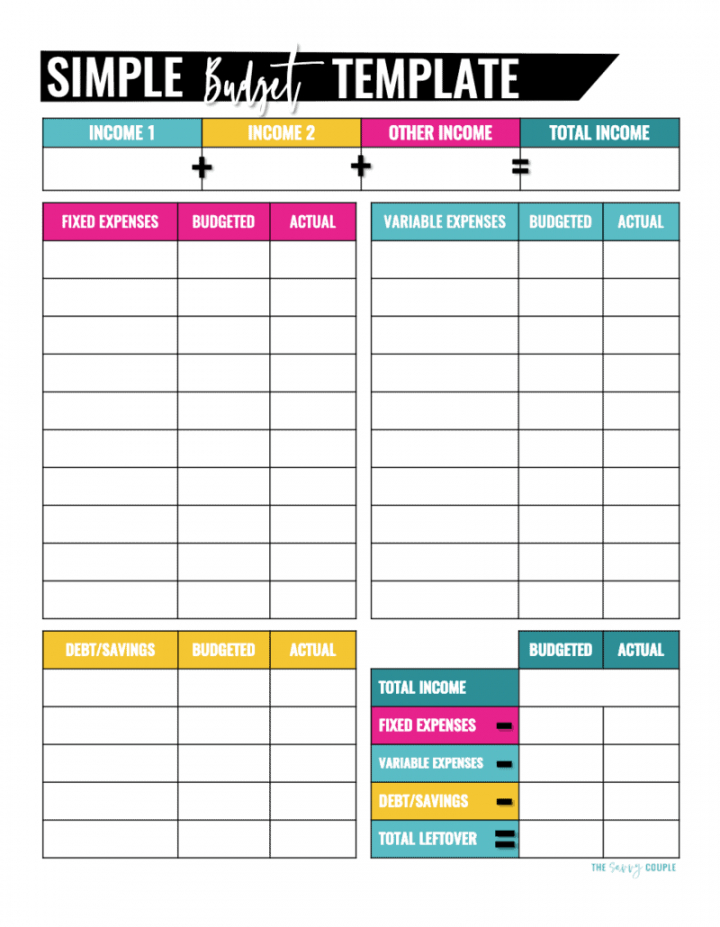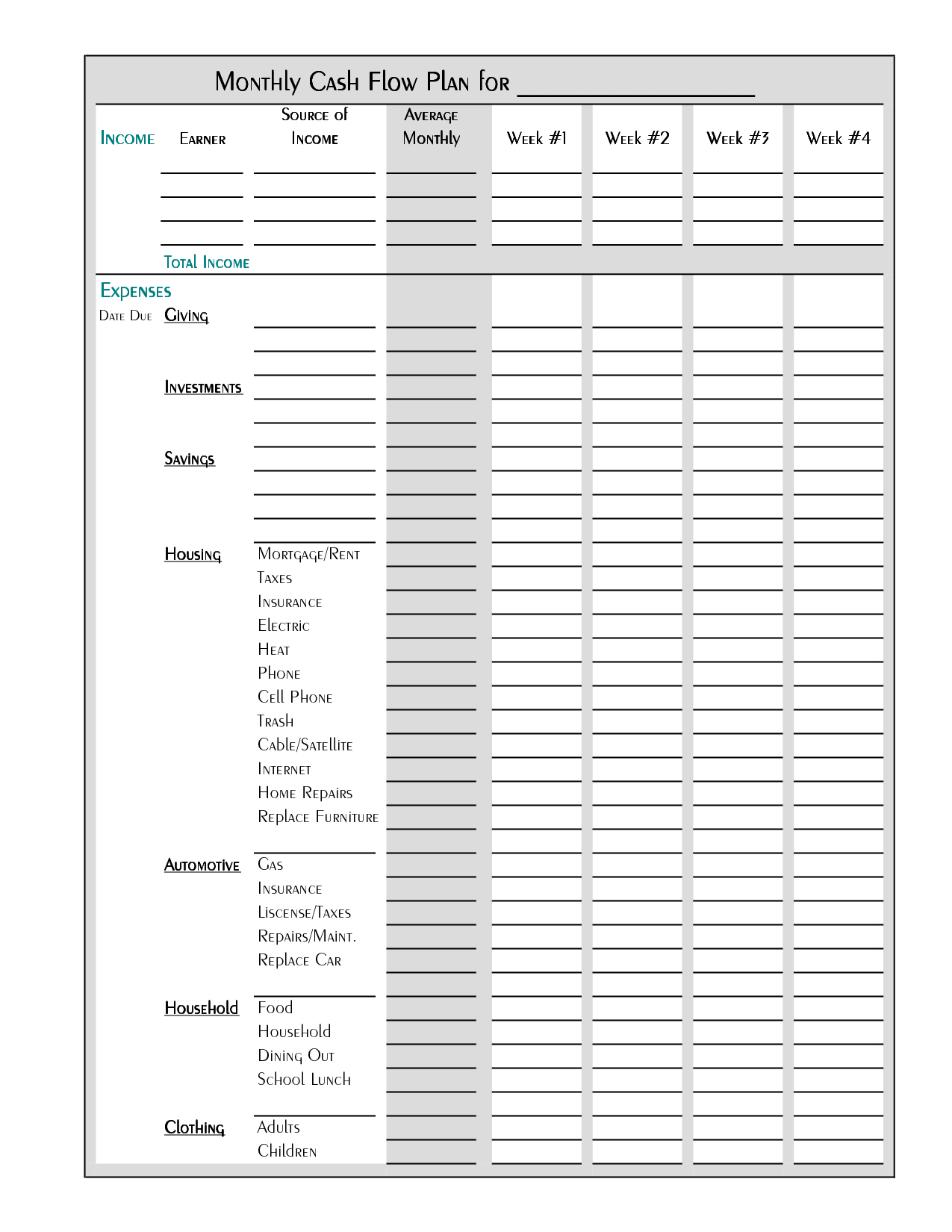

If you split 100% of your income across your categories - 50% for needs, 30% for wants, and 20% for saving/debt repayment - you’ll know exactly what happens to every dollar at the end of the month so you can feel confident you’ve put all your money to good use. Why you should budget your whole incomeīudgeting all of your income is a strategy known as zero-based budgeting and it’s a good way to use your money more efficiently. If you budget all of your income (which you should), these two fields should be the same.

your income subtracts how much you’ve spent from your total monthly income. your budget subtracts how much you’ve spent from how much you’ve budgeted or put into the different budgeting fields. There are two fields for your actual spend: one that compares your spending to your budget and one that compares your actual spending to your overall income. If you’re over budget, look for ways to save money and spend less. The “Actual Spend” boxes will be green if you’re under budget or red if you’re over budget. Once you’ve entered all the values, the template will tell you how much you have left at the end of the month. What if you don’t really know how much you spend? No worries, just use your transaction history and bank statements to make your best guess for any expenses you’re not sure about. Use the “Leftover Income To Budget” box at the bottom of the template to see how much of your total cash you haven’t yet allocated to a budget category (make sure you’re using all of your income!).Track your actual spending throughout the month in the “Spent” column.

Add any categories we missed in the “Other” rows.Fill in the blanks for your monthly expenses by putting your typical costs in the “Budgeted” column for each category.Enter your monthly income (after taxes) at the top of the template.
#Online budget sheet how to
How to create your personal monthly budget template Now that you know how a 50/30/20 budget works, the next step is to personalize the budget template. This can be a helpful perspective if you’ve ever found budgeting to be too restrictive. By breaking your total income down into categories, you’re telling yourself how much you can spend in each category - not focusing on what you shouldn’t spend. You can think of your budget as a spending plan. This includes putting money into your emergency fund, investing in retirement accounts, and saving for big financial goals - like the down payment on a car or house. This includes the things you do for fun, such as going to concerts or dining out, and other things that are important to you, like updating your seasonal wardrobe or donating to charity. This includes household expenses that may fluctuate (think: groceries and utilities) as well as fixed costs, like insurance premiums or car payments, and other non-negotiables. Then, it gives a different percentage of your income to each of these expense categories. This is a widely used strategy that’s easy to apply and remember.īasically, it helps you set priorities in your budget and categorize expenses by breaking your spending into three types: needs, wants, and savings. This template follows the 50/30/20 budgeting method.


 0 kommentar(er)
0 kommentar(er)
